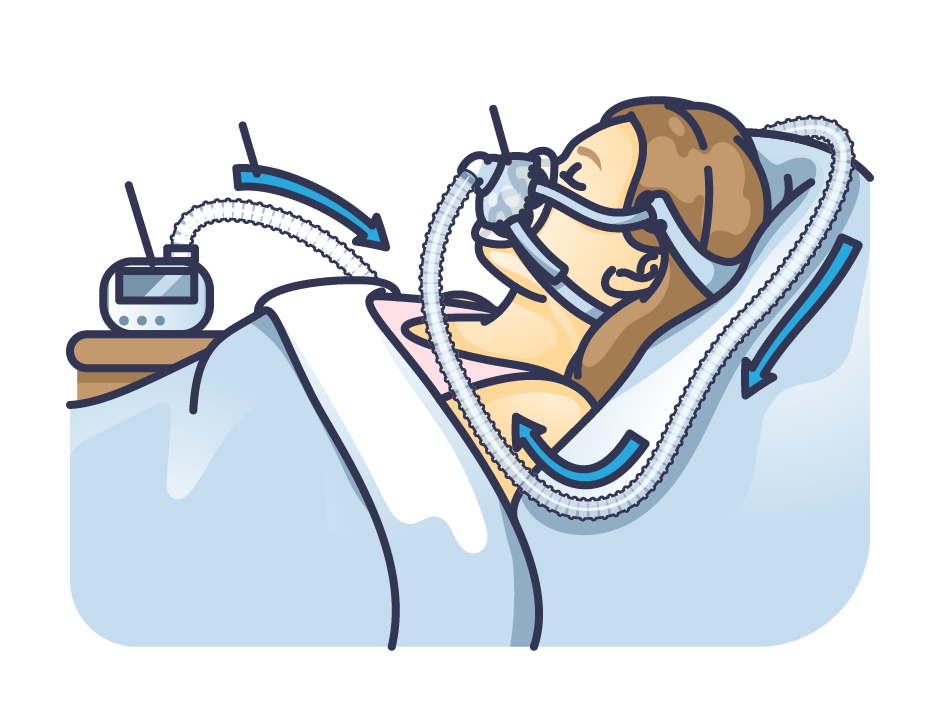The function of variants of a DNA repair enzyme associated with liver cancer
- Shaun McGillis
- Oct 16, 2024
- 3 min read

A recent study published in DNA Repair shares significant insights into fundamental mechanisms that affect an individual’s likelihood of developing liver cancer. The liver functions as a major organ in drug metabolism and in removing potentially toxic substances. Consequently, this organ has the greatest risk of being damaged in these processes; it is no surprise that liver cancers are the third leading cause of cancer-related deaths worldwide.
To help protect the genetic building blocks within cells, there are dedicated DNA repair pathways that monitor the genome for unwanted chemical modifications. One of the crucial players in DNA repair is an enzyme called NEIL1. NEIL1 carries out the search for these sites of damage and precisely cuts the DNA strand at specific points, effectively removing the damage. Then, other proteins in the pathway help restore the DNA to its undamaged form.
As with all human genes, DNA repair genes can accumulate stable mutations throughout the generations, which could impact the way they function. In the example of NEIL1, these genetic variants can be studied for the severity of their mutations, and consequently, their role in liver cancer susceptibility. The focus of this investigation was on characterizing common variants of NEIL1 in South Asian populations. This study was led by Jamie Zuckerman who was a Research Assistant in the laboratory of OccHealthSci Professor, R. Stephen Lloyd, and in collaboration with the National Institute of Standards and Technology. Jamie is currently a graduate student at the University of Washington, pursuing her PhD in Molecular and Cellular Biology.
"NEIL1 is an enzyme that has been shown to repair damaged DNA caused by aflatoxin. Aflatoxin is a dangerous substance produced by a mold that grows on food and is common in many developing nations," Zuckerman said. "Studies in mouse models have shown that when the NEIL1 enzyme is missing, the likelihood of aflatoxin-induced liver cancer increases by more than three-fold. And so, it's important to understand the functionality of NEIL1 and its variants, especially in locations where aflatoxin exposure is high or with high levels of infection with hepatitis B, both of which can increase risk for liver cancer."
According to Zuckerman, the research team identified four NEIL1 variants to study based on the prevalence within South Asian populations and their potential implications for human health, particularly in regions with high exposure to dietary aflatoxins (a known liver carcinogen) and hepatitis B infections.
The research team analyzed and characterized the activities of these NEIL1 variants on DNA. Their results demonstrated that while all tested variants retained the ability to cut various types of DNA damage, there were notable differences in their efficiencies and effectiveness. Each tested NEIL1 variant exhibited sufficient activities on large DNA molecules. One variant, Q67K, preferred DNA with specific base damage. Another variant, T103A, surprised the researchers, who found that it cleaved damaged DNA much slower and for much longer than the natural NEIL1 enzyme, suggesting the variant may be pathogenic and could increase the risk of liver cancer for those carrying it.
"Somehow, this T103A mutation has caused this enzyme to slow its processes dramatically, and at the same time, the enzyme is stable in a way that its cousins are not; it doesn't unfold or fall apart. It's a steady enzyme that keeps going, which is quite unheard of for an enzyme," said Professor R. Stephen Lloyd.
The study illuminates the intricate relationship between genetic variations in DNA repair enzymes and the risk of developing cancer. Understanding how these NEIL1 variants function can provide valuable insights into DNA repair mechanisms and their implications for public health, especially in populations with high exposure to environmental carcinogens.
This research has implications beyond the laboratory. It underscores the importance of genetic screening and personalized medicine in addressing health disparities in populations at risk for DNA repair deficiencies. The findings suggest that further investigation into the clinical relevance of NEIL1 variants could lead to improved strategies for cancer prevention and treatment.
____________________________________
The study received support from the National Institutes of Health (NIH) and highlights the collaborative efforts of researchers from various institutions, including the National Institute of Standards and Technology and Vanderbilt University.




Comments